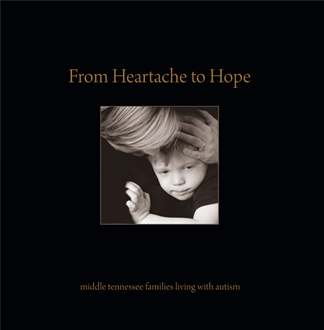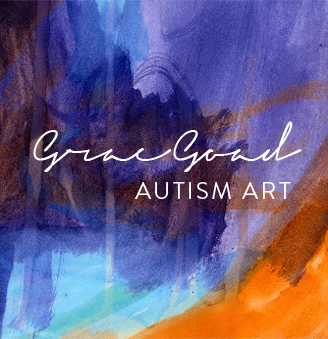Bowls of black-eyed peas, mixed with corn, tomatoes, green chiles, kale and garlic immersed in chicken and vegetable broth steamed before us. It was the dinner hour of New Years Day and Grace and I had returned from our separate post Christmas holidays. The phone rang. The caller intended well, but I began to feel a bit of dread as he spoke.
Like the caller had said, a cable replay of a major news show was running a feature on the latest autism technology. I watched it for five minutes, clicked the remote and then returned to my soup. What followed through the rest of dinner and clean up was a range of emotions that included anger, sadness, pity and blame. I knew I needed to look at this and not brush it off and not blame the caller. This was not about him, it was about me. What all and why did his gesture call up in me?
Given that autism is 1 in 88 children, we are a media
darling and stories are produced all the time and are shared and reshared. Given
that I blog weekly about autism, am writing my second book on autism and speak
at least every other month, publicly, on autism and given Grace’s age and the number of years we have lived with her disorder–few
stories are new to us. I don't intend to sound cocky here. I doubt I am the only autism parent that feels this way.
Like many other parents, I have experienced my child's lifetime of pity that she is not "normal," "can't talk," has autism–("but is so pretty,"), etc. I have heard nearly every imaginable suggestion for cure and help. What I want is for others to help me make a way for her in this world and to join me in celebrating of her differences. I'm sure the caller thought he was helping. But sometimes the desire to help comes from a belief that my daughter is broken. I do not assume in this instance. There is a history here from which I draw. When dealing with others who make suggestions, most parents can spot pity when they hear and see it.
Next, my toxic private party thoughts lunged into blame. And then I turned the blame onto myself. "If I did more…" "What is MY problem?" "I am a bad mother." "I don't do enough." Stop that. STOP IT! And I began telling the truth. I began listing the realities of how, as the program revealed, my child is different than the young man interviewed. The realities of how our circumstances are different with variables being where we live, what help is not available and what are our family and financial dynamics. And, the realities of what I have done and what I do and what has worked and what is working.
This life of autism is a journey. And here we are again. This familiar-looking and sounding bend. These calls, the suggestions and the enthusiastically promoted cures are repeat junctures in the journey. The work lies in seeing all people as whole and creating pathways that individuals with differences can manuever freely. And part of the path clearing must begin and then continue with me and other parents and our co-travelers as we guide our differently abled offspring. To become clear. To remember the truth, our truth. And when we stumble, when we lose focus, when we meet a surprise around the corner that delivers to our guts a wind-sucking punch, to take a deep breath, to gather our composure. To sort it all through. And then, carry on. Carry on. Carry on the journey.
Photo: Natchez Trace Parkway, near Nashville; ©LeisaHammett.com





You are one of the hundreds of people I’d never have met if it were not for this journey. I’m glad for that.
Yep. Definitely, Penny! A perk of the journey: rich relationships, a cadre of people whom you’d never been blessed to meet otherwise. 🙂